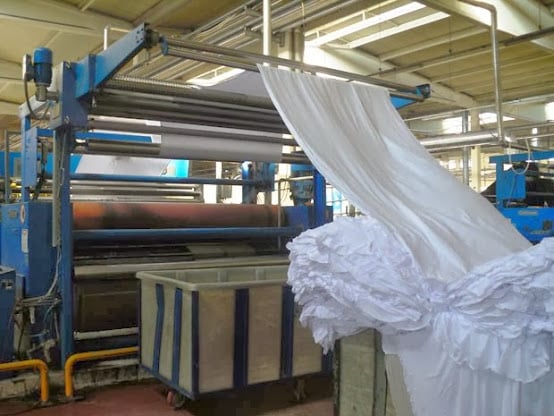What's Finishing Operations?

Finishing, of textile products; to improve its use, handling and appearance or to add value to the product; Chemical properties such as non-flammability, wrinkle-proofing, brightness, new fastness properties, odor and dirt-repellent or mechanical finishing of the fabric, which consists of processes such as shearing, are generally the last processes performed after the dyeing process, that is, before putting them on sale. Finishing operations are also called finishing operations.
Finishing basically refers to the substance used in sectors such as dyeing, knitting and weaving for the purpose of making the fabric desired. Processes such as cleaning, polishing, polishing, correcting and chemical impregnation in the process of preparing the fabric or leather for the processes it will see are called finishing. The field of activity and qualities of the finish vary. Differentiating the appearance of textile products, improving their usage qualities, and providing new appearance properties are in the field of finishing. For example, giving a fabric non-flammability or wrinkle-free properties, increasing the shine of the leather, and giving it a dirt-repellent quality are in the field of finishing. There are mechanical (dry) finishing and chemical (wet) finishing types of finishing, which refers to the last process after dyeing, that is, before sales. These; It includes operations such as raising, brushing, shearing, lubricating and sanding. Dry finishing is the processes applied to the products in a dry state. It includes mechanical effects such as cutting, shaving or feathering and there is no use of chemicals during the process. Processes such as shearing, sanforizing, fixing, that is, shrinkage finishing, pressing, decaturing are included in the field of mechanical finishing. In chemical finishing, the finishing materials are transferred to the product in water or a similar liquid, and at the same time, these materials are integrated with chemical bonds. Synthetic finishing, antiseptic finishing, dirt-proof finishing, waterproof finishing, mothproof finishing and softness finishing are among the main ones in the chemical finishing class. Although the processes differ according to the type of finishing, it is essential to get the best results suitable for the purpose. For example, raising, that is, the appearance of a feathered surface, is the opposite of the burning process, and the thermal insulation property of the product increases with raising. In addition, the product gains a fuller and softer texture. The lubricating finishing made to add softness to textile materials is in the chemical finishing category. In this, a much more impressive softness is obtained than that achieved in mechanical finishing. The process to be applied is determined by the type of textile product and its intended use.
Finishing processes can be classified by considering two issues:
1. Finishing processes according to fiber type and quality,
2. Finishing processes, taking into account the way the process is done,
In these they differ among themselves;
1. Finishing processes taking into account the type and quality of the fiber:
a) Finishing operations on cellulose-based products,
b) Finishing operations on protein-based products,
c) Finishing operations on synthetic based products,
2. Finishing processes taking into account the way the process is done:
a) Mechanical finishing (dry finishing),
b) Chemical finishing (wet finishing),
30.12.21 02:281713 Reads
